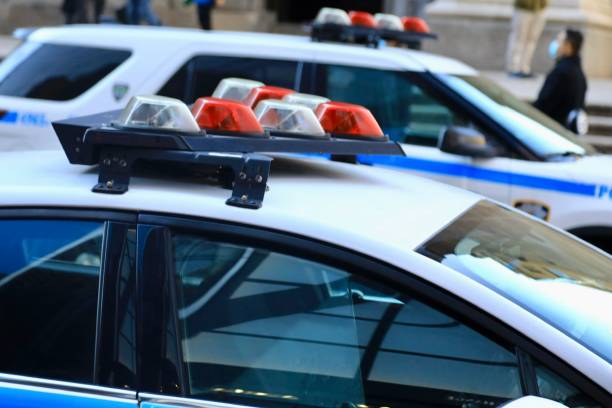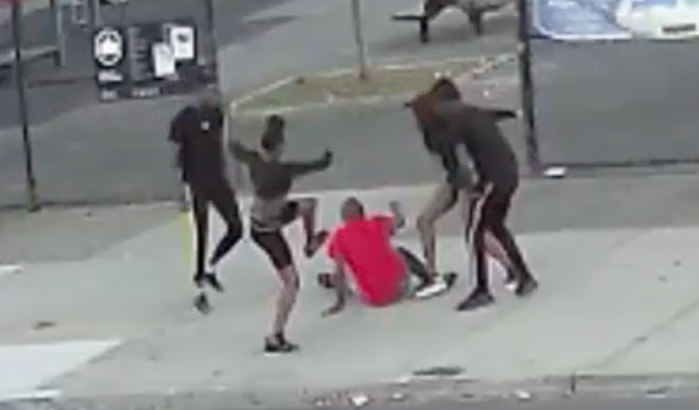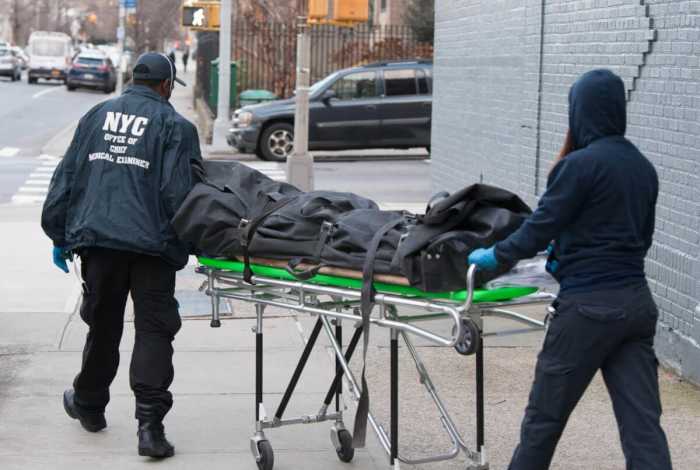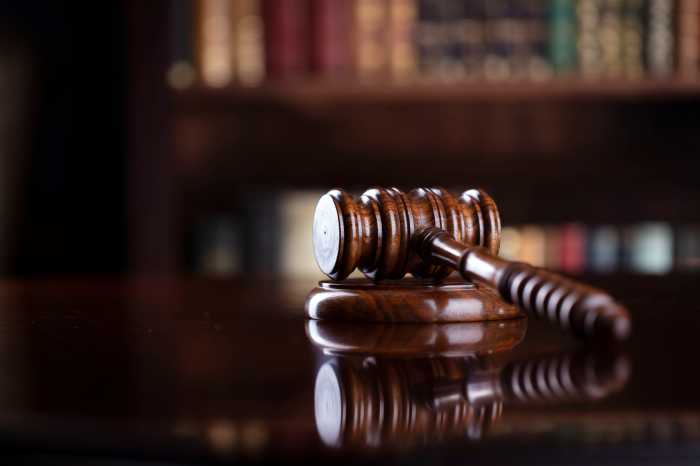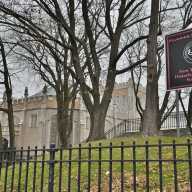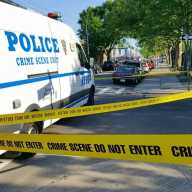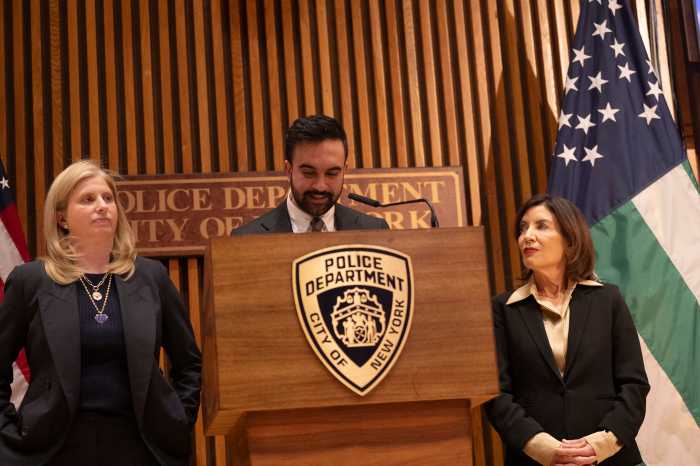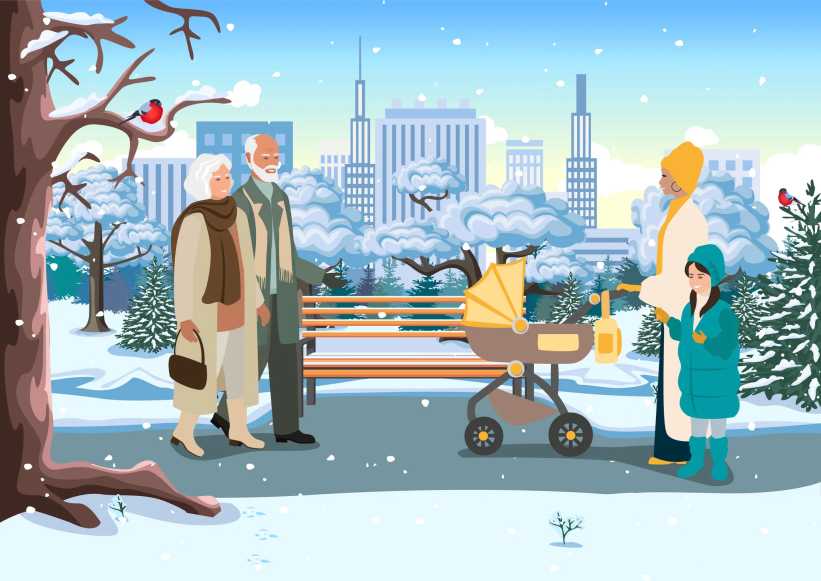While felony assaults and grand larceny auto cases are on the rise, overall crime has decreased in Queens, according to 28-day crime stats released by the NYPD for police precincts in northern and southern Queens.
The NYPD released crime stats for Sept. 3 to Oct. 1 in northern and southern Queens, comparing the number of cases in each precinct to the same 28-day period last year. The differences varied based upon the type of crime and which precinct.
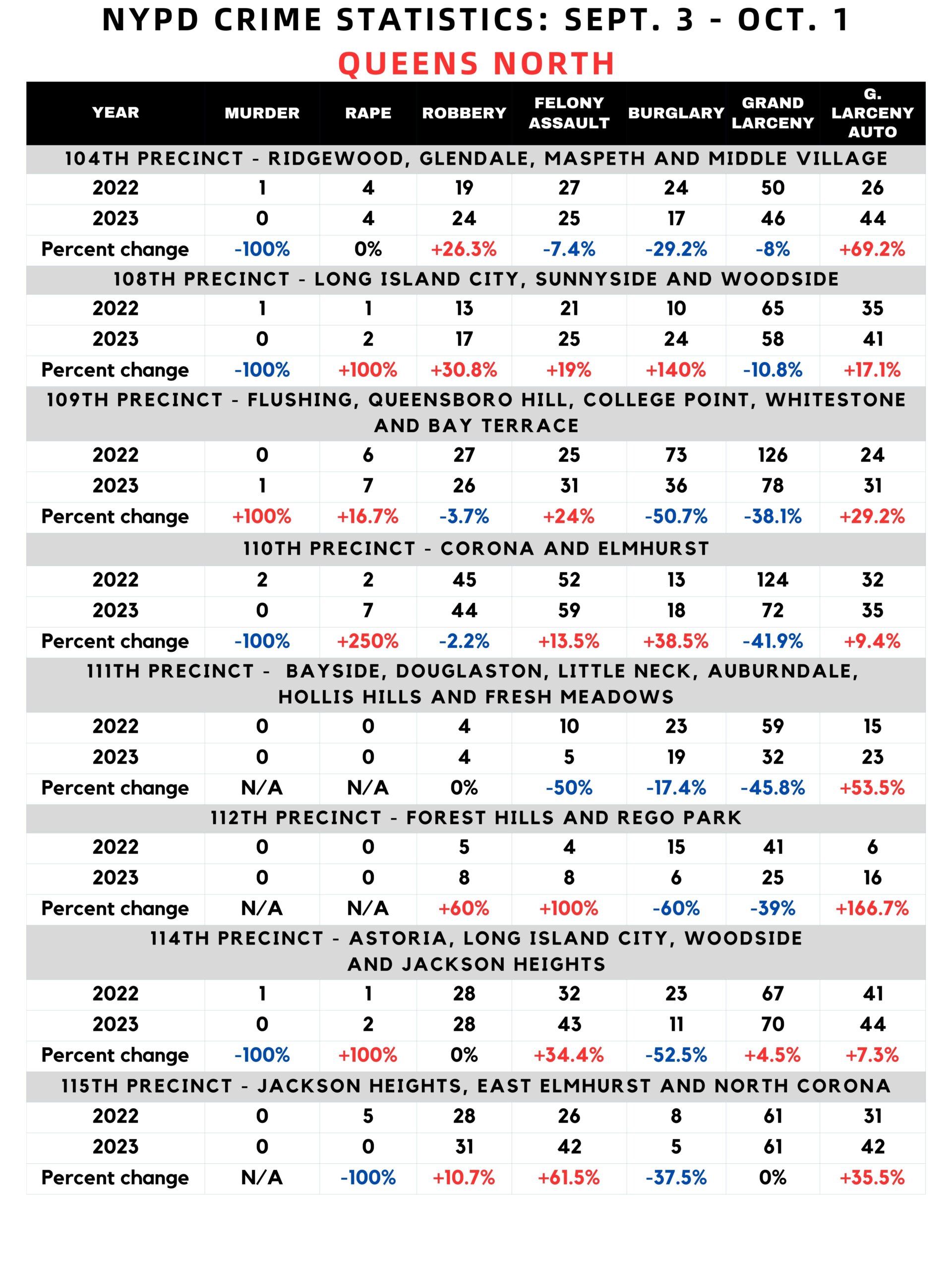
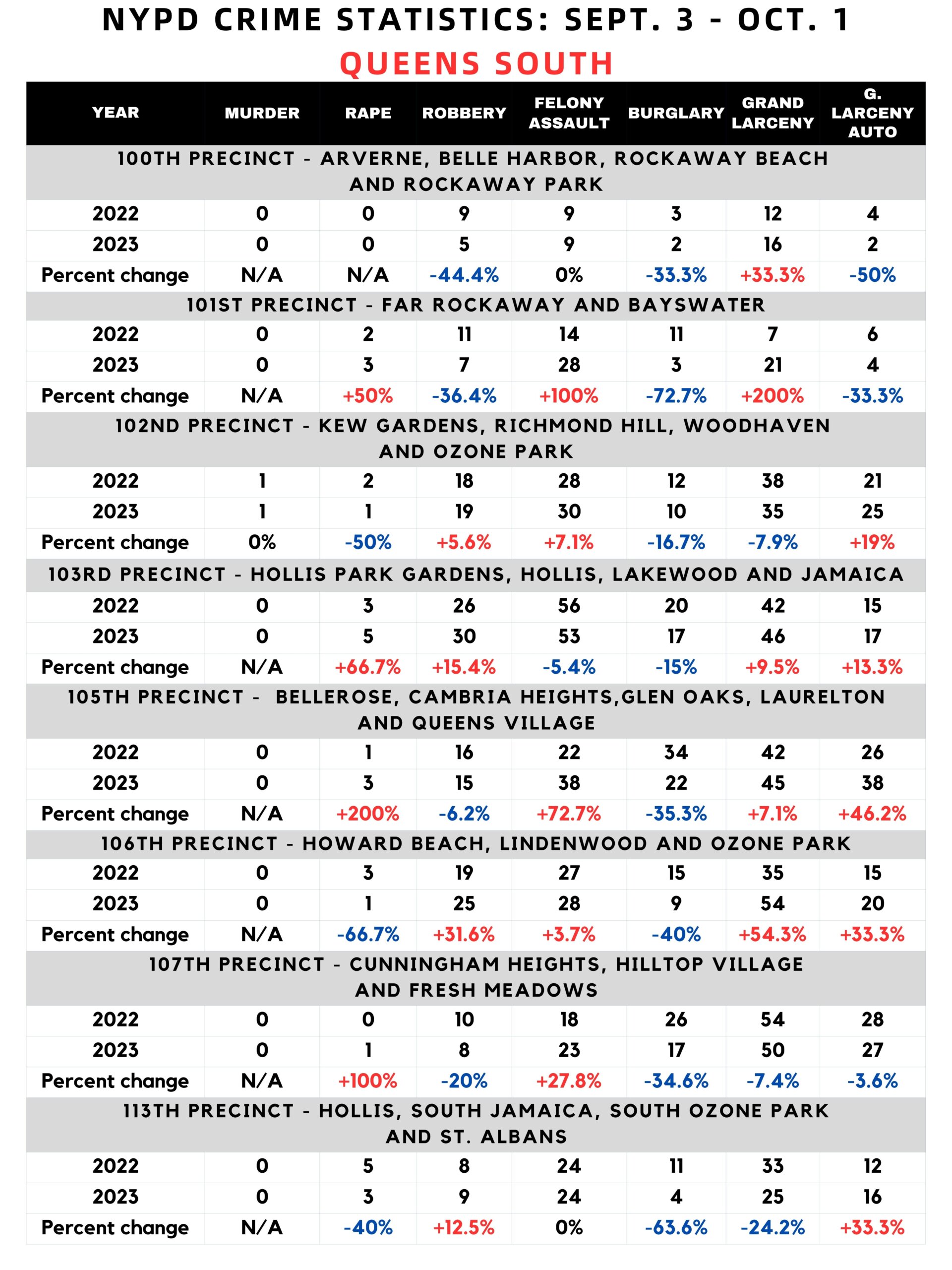
The northern Queens precincts include the 104th (Ridgewood, Glendale, Middle Village and Maspeth), 108th (Long Island City, Sunnyside and Woodside), 109th (Downtown and East Flushing, Queensboro Hill, College Point, Malba, Whitestone, Beechhurst and Bay Terrace), 110th (Corona and Elmhurst), 111th (Bayside, Douglaston, Little Neck, Auburndale, Hollis Hills and Fresh Meadows), 112th (Forest Hills and Rego Park), 114th (Astoria, Long Island City, Woodside and Jackson Heights) and 115th (Jackson Heights, East Elmhurst, and North Corona).
The southern Queens precincts are the 100th (Arverne, Belle Harbor, Breezy Point, Broad Channel, Neponsit, Rockaway Park, Rockaway Beach and Roxbury), 101st (Far Rockaway and Bayswater), 102nd (Kew Gardens, Richmond Hill East, Richmond Hill, Woodhaven and the northern part of Ozone Park), 103rd (downtown Jamaica Business District, Hollis Park Gardens, Hollis, Lakewood and Jamaica), 105th (Queens Village, Cambria Heights, Laurelton, Rosedale, Springfield Gardens, Bellerose, Glen Oaks, New Hyde Park and Floral Park), 106th (Ozone Park, South Ozone Park, Lindenwood, Howard Beach and Old Howard Beach), 107th (Fresh Meadows, Cunningham Heights and Hilltop Village) and 113th (St. Albans, Hollis, Springfield Gardens, South Ozone Park, South Jamaica, Addisleigh Park and Locust Manor).
Crime stats for Sept. 3 to Oct. 1 show that the number of murders reported remained relatively the same when compared to the same time period as last year. In northern Queens, there was just one such case reported for the 28-day period through Oct. 1, which was in the 109th Precinct. Last year, there was a total of five over that same 28-day period. Southern Queens experienced no change, with just a single case reported for the 28-day period this year and last year, both within the 102nd precinct.
There was a slight increase in the number of rape cases in northern Queens for the 28-day period compared to last year, rising from 19 to 22. The largest increase was in the 110th precinct (2 to 7) and the sharpest decrease was in the 115th (5 to 0). Southern Queens experienced a smaller increase than northern Queens, going from 16 to 17 cases. The 103rd and 105th precincts both saw two more cases, while the 106th and 113th saw two fewer cases.
There was a small uptick in the number of robbery cases in the northern Queens precincts for the 28-day period through Oct.1, going from 169 for that period last year to 182. This increase was due in large part to the robberies reported in the 104th and 108 precincts rising from 19 to 24 and 13 to 17 respectively. Barely any change was seen in southern Queens, with robbery cases essentially flat rising from 117 to 118. The 100th (9 to 5) and 101st (11 to 7) precincts saw the steep declines, while the 106th (19 to 25) experienced the biggest increase.
One of the more drastic year-over-year increases in northern Queens occurred when it came to felony assaults, with cases rising from 197 for the 28-day period in 2022 to 238 for the same period in 2023. The most significant increase was seen in the 115th precinct, with cases rising from 26 to 42. The only declines were seen in the 104th (27 to 25) and 111th (10 to 5) precincts. A similar year-over-year change was experienced in southern Queens, increasing from 198 to 233. This marked the largest increase in crimes reported in southern Queens. The 105th precinct experienced the largest increase, from 22 to 38. While the 100th and 113th had no change, the only precinct to see a decrease was the 103rd, from 56 to 53.
One of the larger declines in northern Queens was in the number of burglary cases, sliding from 189 to 136. Only the 108th (10 to 24) and 110th (13 to 18) experienced more reported cases for the 28-day period compared to last year. The most significant decrease by far was in the 109th precinct, with burglary cases plummeting from 73 to 36. Burglary cases were the crime with the most significant decline in southern Queens, shrinking from 132 to 84. Every southern Queens precinct saw a decline, with the 105th leading the way with the sharpest drop, from 34 to 22.
While grand larceny was by far the most reported crime in northern Queens for the 28-day period through Oct. 1 — both this year and last year—it also experienced the most significant decline, plummeting from 593 cases to 442. The only precinct to see a rise in cases was the 114th, which went up from 67 to 70. The 115th saw no change, with 61 cases each in 2022 and 2023. The 110th precinct experienced the most significant decline, from 124 to 72, followed by the 109th, from 126 to 78.
The year-over-year change in grand larceny cases in southern Queens was very different from northern Queens. Despite not having remotely close to as many cases, southern Queens experienced an increase, from 263 to 292. Leading the way in this rise was the 106th precinct, with cases increasing from 35 to 54. The deepest decrease was from 33 to 25 in the 113th precinct.
The largest year-over-year increase in cases in northern Queens was seen with grand larceny of automobiles, rocketing up from 210 for the 28-day period in 2022 to 276 for the same time frame in 2023. Every northeastern Queens precinct experienced a rise in these cases, with the 104th (26 to 44) leading the way. While it pales in comparison to northern Queens, the number of grand larceny of automobile cases reported in southern Queens also rose, from 127 to 149. Much of this rise resulted from the 106th precinct, where cases jumped from 26 to 38.

